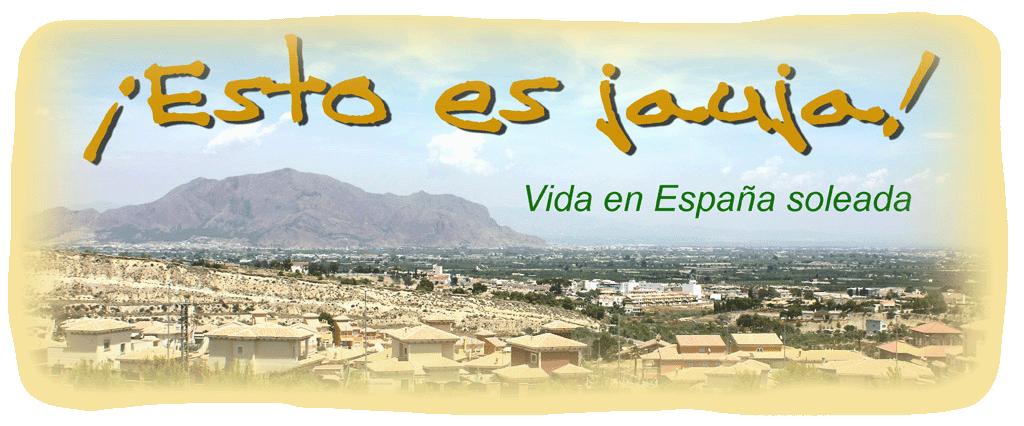From my days of taking photographs and movie on film I have umpteen boxes and albums of photos and several large reels of home movies. I may never look at any of them again but that does not mean I will part with them.
Once I moved over to digital, my pictures and video were stored on the hard drive of a computer and were moved from one machine to another as I upgraded. I never thought to back the files up until I realised just how much of a collection I had. That is when I bought an external hard drive to store backup copies. The problem is that, making a backup is time consuming and therefore something that I neglect to do on a regular, scheduled basis.
As my hard drive gradually fills up, I know that it is time to archive a lot of those pictures and video that I will probably not want to use again but don’t want to lose. At the same time, it would be nice to be able to access files that I do use regularly on other devices around the house even outside the house via the internet.
I’d heard of NAS and investigated the idea of storing files using one. Originally though, these seemed frighteningly complicated not to mention expensive. These days though, the systems that run them have become a lot more user friendly and the prices have dropped.
A NAS, for those who are not familiar, is Network Attached Storage. Instead of being attached to one computer in your home network via USB, a NAS is attached to your network via your router. The date stored on it is therefore available to any computer or device on the network and in many cases outside your home via the internet.
In its basic form, a NAS is a box which contains a hard drive driven by a processor and software. More sophisticated NAS boxes though contain multiple drives and offer more facilities and more flexibility in terms of set up.
We all know because we have been told that hard drives can fail, some know only too well from bitter experience the consequences of a hard drive failure. My current computer has two hard drives in what is called a Raid 0 array. The date is shared between the two drives in an attempt to speed up data transfer. However, if one of those drives fails, all is lost because the other one only contains part of the information. OK, I have my data on an external drive but could not restore my computer from it.
Fortunately, there are other versions of Raid that protect you from this sort of problem, the most common of which is Raid 1. In a Raid 1 array, the data is stored simultaneously on two hard drives so that if one drive fails, the data is still intact on the other. If I was starting from scratch, that is how my computer would be set up with two identical disks. The downside of this approach is that you need two drives of equal capacity to store only half the total i.e. two 2Tb drives to store just 2Tb of data.
Storing a regularly updated complete copy of your system on a NAS provides the same security as a Raid 1 array. However, it is possible to take that level of security further because NAS boxes that take two drives allow you to set them up in a Raid 1 array and the better ones even allow you to remove a faulty drive and replace it whilst it is running.
This may all sound a bit over the top but if your data is as important to you as mine is to me, then it makes sense to have the highest level of security that is reasonable. For those who might be interested, I have a Synology NAS with two 3Tb drives on order which I will set up in a Raid 1 array.

No comments:
Post a Comment